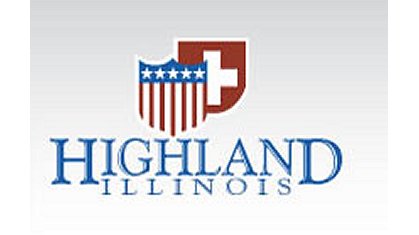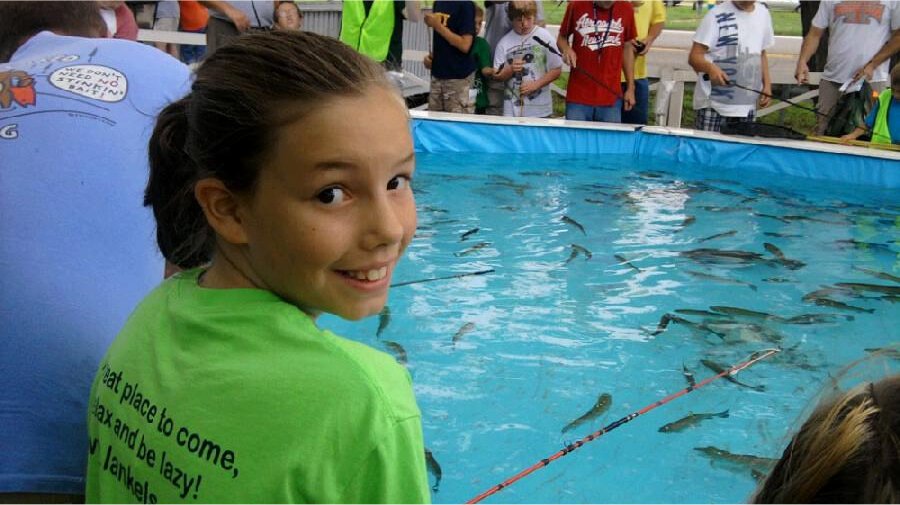Visitors Guide to Highland
Madison County, Illinois
Highland is located in eastern Madison County and is also known as Little Switzerland. The first European settlers to the area arrived in 1804 from Kentucky and North Carolina. The next group to arrive was a group of immigrants from Sursee, Switzerland who had first settled in Missouri, but not liking its pro-slavery stance decided to relocate to the rolling hills of the Looking Glass Prairie area of Madison County. In 1831 they founded a community called New Switzerland in 1831. In 1836 General James Semple was looking for a town site along the path of the projected Alton to Mt. Carmel Railroad and with the cooperation of locals, they platted the town. The name of Highland was chosen because Semple convinced the locals that the area resembled his native Scotland.
To attract additional settlers the locals wrote back to Switzerland describing the area and soon more settlers from Switzerland arrived. Soon Highland had more Swiss immigrants than any other city in America. Further growth occurred when the National Road was extended from Vandalia to St. Louis and came through Highland. Despite cholera epidemics in 1849 and 1852 steady growth continued and by the 1880s Highland was home to a brewery, a powder factory, a barrel factory, a sawmill, distillery, and carriage factory. Highland became the site of the Wicks organ factory in the early 1900s and was one of the few organ factories in the world that made its own parts. Declining demand has led to diversification into small aircraft supplies and custom woods.
In 1885 a committee of Highland citizens bought 150 shares of stock at $100 per share to fund the start-up of a condensing plant by a Swiss immigrant named John Meyenberg who had brought a new process for preserving milk from Switzerland. The corporation was called Helvetia Milk Company, which started operations on the Louis Latzer's farm by condensing 150 gallons of milk and selling it door to door. The company gained recognition in 1885 in the South when it donated 10 cases of condensed milk to victims of a Galveston fire and when an El Paso grocer ordered 100 cases after successfully feeding the milk to his ill infant. In 1886 Meyenberg, incensed with the shareholder committee's decisions and criticisms of his methods, left the company. Louis Latzer agreed to head the company and eventually had automated Helvetia's plants, introducing faster production as well as safer canning processes and lower consumer costs. After a strike in 1920 the Highland headquarters was closed and moved to St. Louis and the name of the company was changed to Pet Milk. The original site, the Latzer Homestead, is on Old Trenton Road and now features a museum and is the site of the popular Homestead Harvest Days held annually in September.
The Public Square was part of the original plat in 1837 and a schoolhouse was built there in 1850 and it was used for that purpose for eighty-four years. The square's fountain was dedicated in 1937. The community became known for its above average intellectual life because of it musical and literary societies, schools and churches. Today Highland is a thriving community that is considered one of the better residential sites in St. Louis metropolitan area. The town hosts annual events such as Schweizerfest, Art in the Park, and a Street Art Festival.











